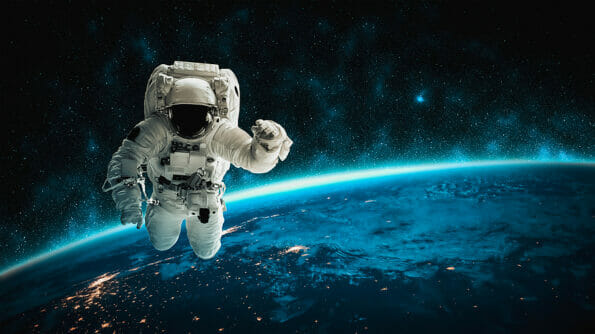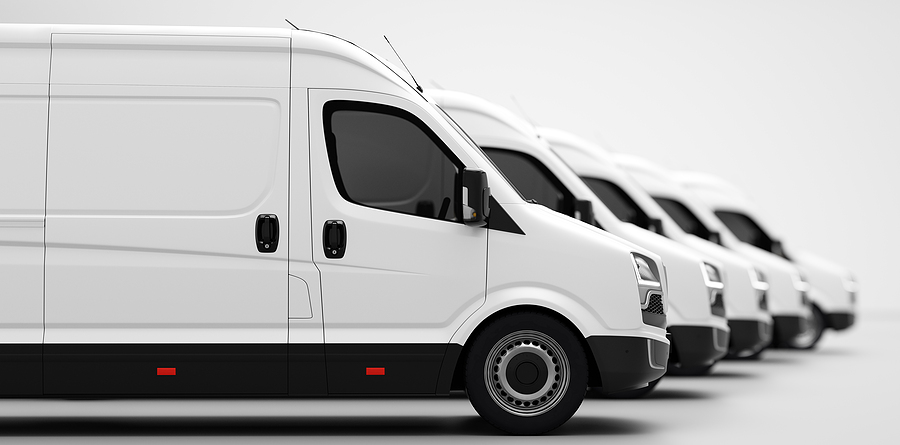The global space community, since 1972 has been making plans to send humans into space farther than before. To this effect, NASA would be starting the Artemis 2 space mission next year.
Aside from ensuring humanity’s return to the moon, NASA also hopes to create a memorable experience for the crew members. Crew members would be taking their last ride on earth in electric vehicles provided by Canno Technologies Inc.
About the vehicle
Table of Contents
Canoo will be using a fleet of three electronic vehicles to ferry the astronauts, their support team, and other important equipment and items to the launch pad.
On another note, while you wait for its release, you can play some games at a $5 deposit casino in MindepCasinos online. It’s fun, and you won’t regret playing this game online.
Onward, these electric vehicles would be moving from the Neil Armstrong Operations and Checkout Building to Launchpad 39B at the Kennedy Space Center (KSC) in Florida.
This journey of 9 miles (14.5 km) promises to be an exciting one. These futuristic pod-shaped transport vehicles were designed to be very comfortable. Reports from NASA stated that the new form of transportation will be based on Canoo electric LV (launch vehicle) models.
These launch vehicles were mainly customized to attend to the needs of the space agency. The launch vehicles are required to seat eight-four fully suited crew members and four non-suited members.
With zero-emissions technology in place, these LV models are environmentally friendly. These new vehicles will replace the Astrovans- a fleet of gleaming silver 1983 airstream vehicles.
The Astrovan was originally used to transport NASA crews during dress rehearsals, on launch day, and after landing. This van was used for shuttle missions from STS-9 through STS-135. At the time of this writing, this van can be seen on full display at the KSC visitor centre.
Aside from carrying the crew to the launch pad, these vehicles will be used to support countdown rehearsal tests, training, and pre-launch operations.
The new vehicles will be delivered no later than June 2023 according to NASA. These electric vehicles would be sent ahead of the launch in May 2024 and for the first landing in 2025.

Substitutes for the launch vehicle
Aside from this all-electric vehicle, NASA astronauts can also reach through other alternatives. For instance, SpaceX uses the Tesla Model X to transport Astronauts to the launch pad.
Boeing on the other hand plans to use a customized air stream vehicle. Dubbed the Astrovan II, it will be used to transport its crew members when they start their mission using their Starliner capsule.
The Artemis program
The Artemis project is what the whole world has been waiting for. This new chapter of lunar exploration has led to Various contributions from the Canadian Space Agency (CSA), the European Space Agency (ESA), and the Japanese Aerospace Exploration Agency.
Together with these companies, NASA aims to establish a lasting return to the moon.
This space project also aims to be the foundation for other deep space explorations, such as Mars.
Similar to the Apollo program, the Artemis project will begin its missions around the moon before making plans to land on its surface. In addition, the Artemis program intends to build a lunar gateway space station around the moon’s orbit.
During these missions, NASA will land the first woman and the first coloured person on the moon. Now, these missions are quite complex. Hence, it has to be taken in stages.
The Artemis I mission will be the starting point. This will be an uncrewed test flight. It aims to demonstrate the performance of the SLS rocket. Slated for 2022, the Orion spacecraft will launch from Florida with SLS rockets.
This flight will venture thousands of kilometres beyond the moon within the space of three weeks. During this period, all Orion systems will be monitored. This is to ensure a safe Crew entry, landing, and recovery process.
Image Source: BigStockPhoto.com (Licensed)
Site Disclaimer
IncredibleThings.com is not a gambling operator or sports betting operator or a gambling site of any kind, and none of its affiliates or subsidiaries constitute gambling operators or sports betting operators. IncredibleThings.com does not offer or provide real currency gambling services of any kind.
IncredibleThings.com will hold no liability for the consequences of actions that occur at offshore casinos that accept players from the locations where online gambling is prohibited and/or restricted or if a visitor is below the legal gambling age. The content of this site is for entertainment and informational purposes only, and as such, we do not condone financial dealings with any of these sites. It is the sole responsibility of the person playing to ensure that their online casino play falls within the realm of local, state, and federal law. If you use a link that exists on our site to navigate to a third party casino, this is something that is done of your own free will and also at your own risk. You acknowledge and agree that IncredibleThings.com shall not be liable to you or any third party for any losses, damages, claims, suits, costs or expenses of any kind.
Related Categories: Tech, Reviews







